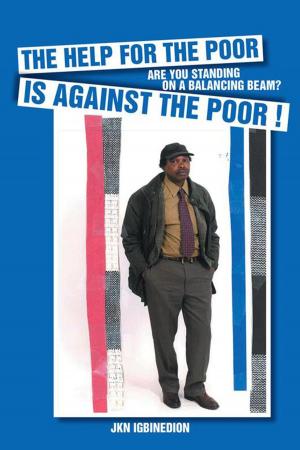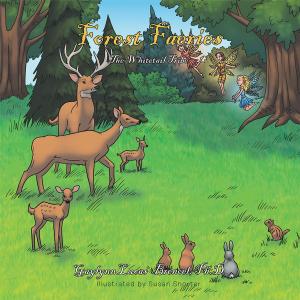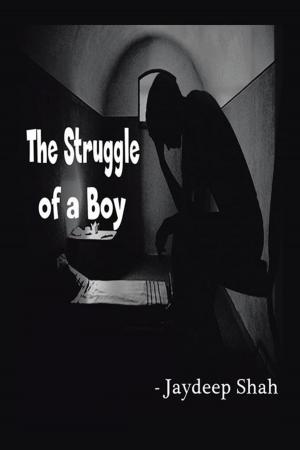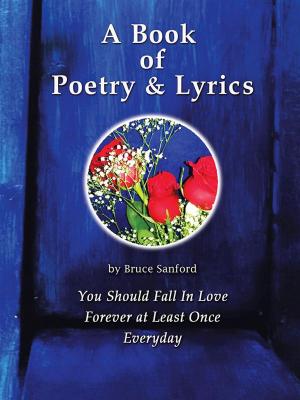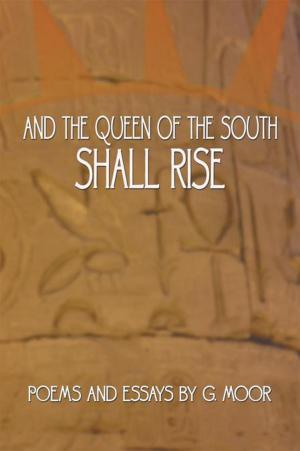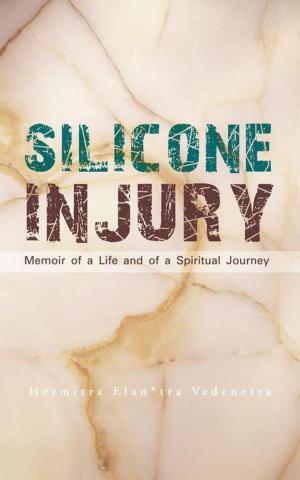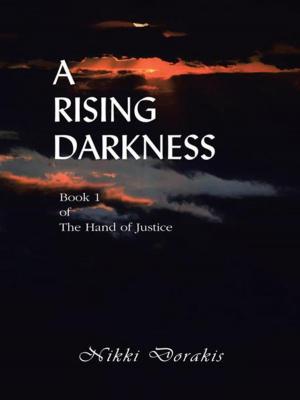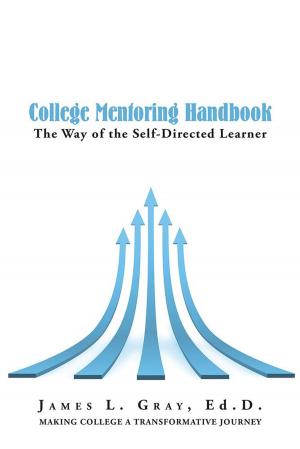Was the American Revolution a Mistake?
Reaching Students & Reinforcing Patriotism Through Teaching History as Choice
Nonfiction, Social & Cultural Studies, Political Science, Government, Civics| Author: | Burton Weltman | ISBN: | 9781481758185 |
| Publisher: | AuthorHouse | Publication: | August 27, 2013 |
| Imprint: | AuthorHouse | Language: | English |
| Author: | Burton Weltman |
| ISBN: | 9781481758185 |
| Publisher: | AuthorHouse |
| Publication: | August 27, 2013 |
| Imprint: | AuthorHouse |
| Language: | English |
Why was George Washington dismayed by the outcome of the American Revolution?
Would slavery still exist if the South had not seceded from the Union in 1861?
Might socialists rule America today if Teddy Roosevelt had not run for President and lost in 1912?
History is full of contingencies. People confront problems and debate options for solving them. Then they make a choice and face the consequences of their choice. Often they wonder if a different choice might have been better. Was the American Revolution a mistake? Was racial segregation inevitable? Was the Cold War necessary? Americans have repeatedly asked these sorts of questions as they examined the consequences of their choices.
This is a book about revisiting crucial choices people made in history and examining the consequences of those choices for them and for us. It demonstrates a method of teaching history that recreates events as people experienced them, and asks important questions that troubled them but that rarely appear in conventional textbooks. Unlike conventional methods that often reduce history to names, dates and factoids for students to memorize, it is a method that brings past debates to life, the losers' as well as the winners' points of view, and makes the subject exciting.
In studying history as choice, students examine the problems people faced, their options for solving them, their decision-making processes, and the choices they made. Then students evaluate the consequences of those choices both for people in the past and us today. They explore what might have happened if different choices had been made. Finally, students relate the consequences of those past choices to problems we face today and the choices we need to make.
History as choice is a practical and practicable method. It has been designed to satisfy the curriculum goals of the National Council for the Social Studies, and the book explains how it can be used to satisfy any state or local curriculum standards. The book also identifies and illustrates resources that can be used with this method -- from data bases to popular music -- and explains how teachers can gradually integrate it into their courses.
In the first part of the book, the method of history as choice is explained using the question of whether the American Revolution was a mistake as a case in point. The second part of the book explores thirteen other questions about significant issues and events in American history as additional examples of how one might teach history as choice.
Why was George Washington dismayed by the outcome of the American Revolution?
Would slavery still exist if the South had not seceded from the Union in 1861?
Might socialists rule America today if Teddy Roosevelt had not run for President and lost in 1912?
History is full of contingencies. People confront problems and debate options for solving them. Then they make a choice and face the consequences of their choice. Often they wonder if a different choice might have been better. Was the American Revolution a mistake? Was racial segregation inevitable? Was the Cold War necessary? Americans have repeatedly asked these sorts of questions as they examined the consequences of their choices.
This is a book about revisiting crucial choices people made in history and examining the consequences of those choices for them and for us. It demonstrates a method of teaching history that recreates events as people experienced them, and asks important questions that troubled them but that rarely appear in conventional textbooks. Unlike conventional methods that often reduce history to names, dates and factoids for students to memorize, it is a method that brings past debates to life, the losers' as well as the winners' points of view, and makes the subject exciting.
In studying history as choice, students examine the problems people faced, their options for solving them, their decision-making processes, and the choices they made. Then students evaluate the consequences of those choices both for people in the past and us today. They explore what might have happened if different choices had been made. Finally, students relate the consequences of those past choices to problems we face today and the choices we need to make.
History as choice is a practical and practicable method. It has been designed to satisfy the curriculum goals of the National Council for the Social Studies, and the book explains how it can be used to satisfy any state or local curriculum standards. The book also identifies and illustrates resources that can be used with this method -- from data bases to popular music -- and explains how teachers can gradually integrate it into their courses.
In the first part of the book, the method of history as choice is explained using the question of whether the American Revolution was a mistake as a case in point. The second part of the book explores thirteen other questions about significant issues and events in American history as additional examples of how one might teach history as choice.

